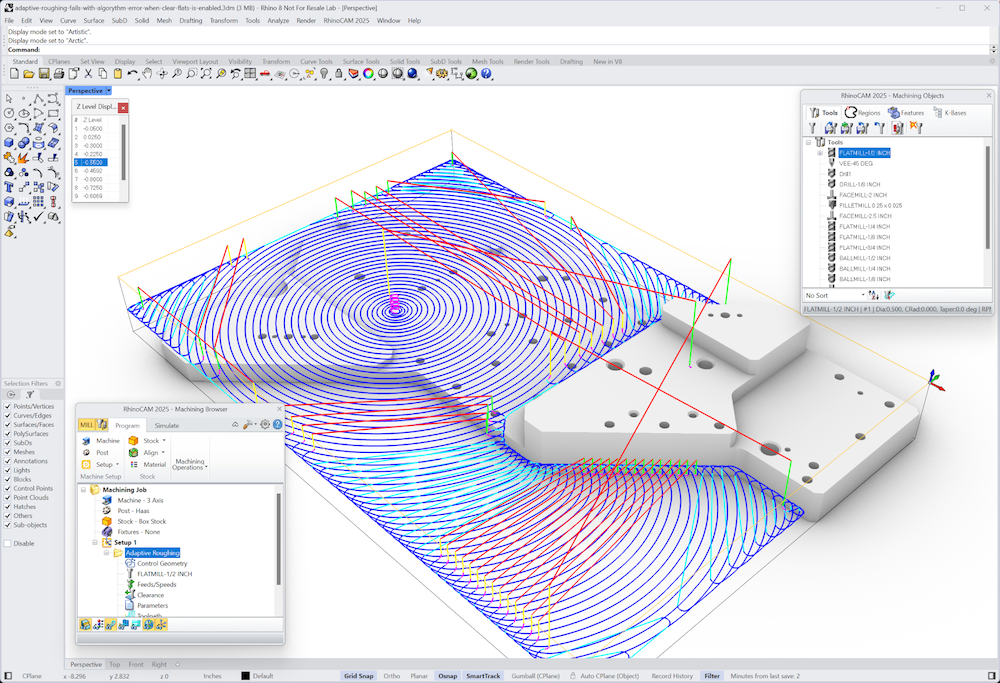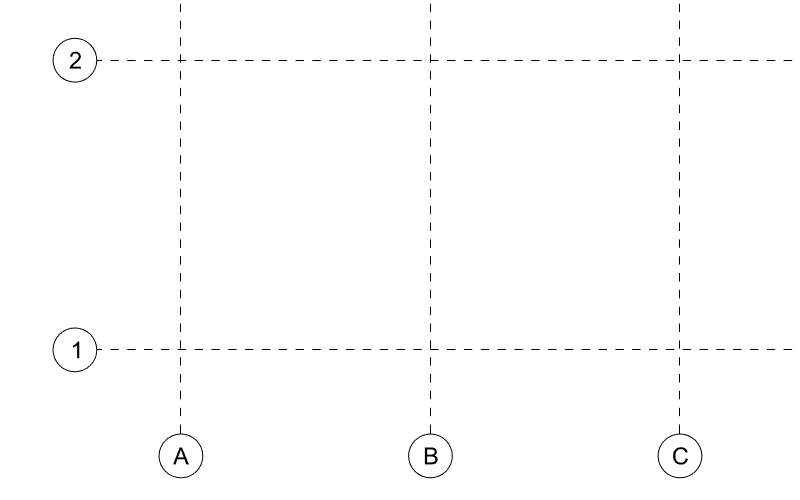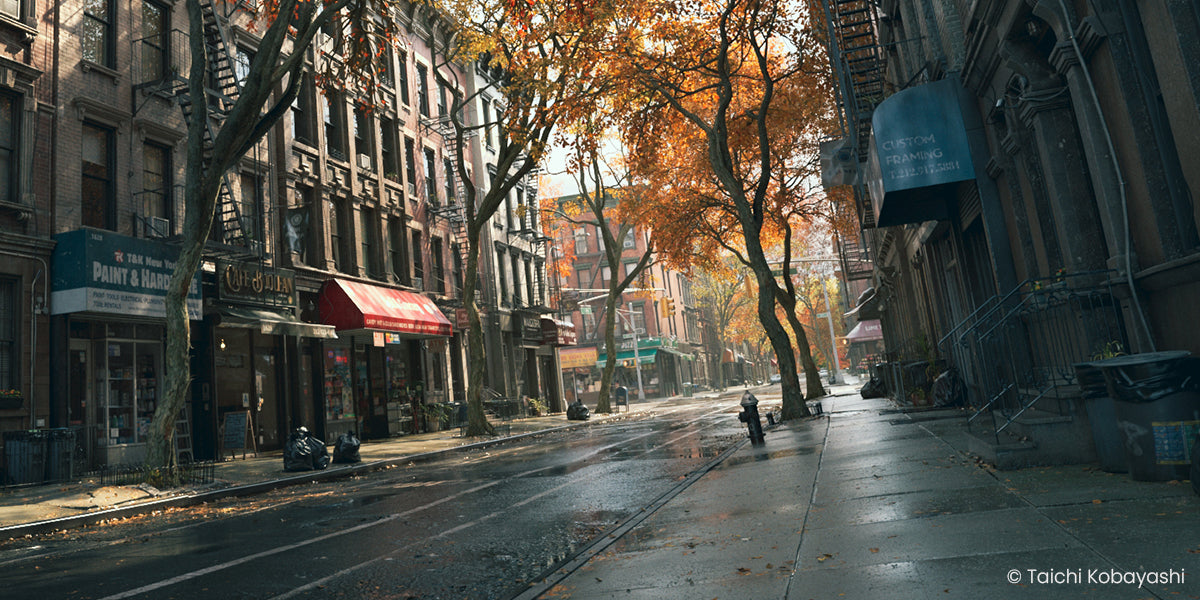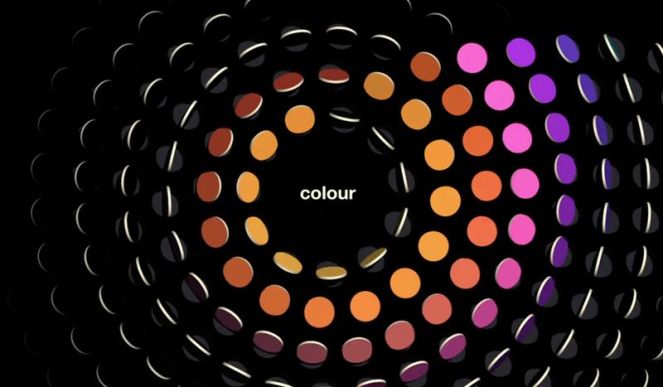Your Cart is Empty
Customer Testimonials
-
"Great customer service. The folks at Novedge were super helpful in navigating a somewhat complicated order including software upgrades and serial numbers in various stages of inactivity. They were friendly and helpful throughout the process.."
Ruben Ruckmark
"Quick & very helpful. We have been using Novedge for years and are very happy with their quick service when we need to make a purchase and excellent support resolving any issues."
Will Woodson
"Scott is the best. He reminds me about subscriptions dates, guides me in the correct direction for updates. He always responds promptly to me. He is literally the reason I continue to work with Novedge and will do so in the future."
Edward Mchugh
"Calvin Lok is “the man”. After my purchase of Sketchup 2021, he called me and provided step-by-step instructions to ease me through difficulties I was having with the setup of my new software."
Mike Borzage
The Edge: CHOPS, The Amazing Applications of Live Animation.
May 06, 2016 6 min read
Novedge: Tell us a little bit about yourself and what you do.
Gary Jesch: My name is Gary Jesch and I’m the “Man Behind the Curtain” at CHOPS Live Animation, but also during live performances of interactive 3D characters. Sometimes I perform on flat screen TVs and other times you’ll find my character on a big projection screen, with me at my system-controls backstage, intently following the action via my spy camera. I’ve been a pioneer in performance animation starting with my first character, Virtual Mark Twain, in 1993, and I’m looking forward to a bright future ahead. Many people consider me to be a little crazy for staying with it for so long, and I can’t imagine my life any other way.
Novedge: What is the difference between Animation and Live Animation.
Gary Jesch: Animation takes hours of production time and large teams of artists and professionals to create content like video games or movies. With Live Animation, I am literally animating, speaking, and moving my characters in real time while people watch and interact. The characters are like real people – showing their emotions in their faces, speaking and gesturing while they talk, and listening, which is really amazing, actually. A cartoon character that listens! How do we know they are listening? At just the right time, they respond with something that is funny, helpful or maybe even a little annoying.  What could be more fun and attractive than a custom avatar to engage with prospects in a trade show booth?
What could be more fun and attractive than a custom avatar to engage with prospects in a trade show booth?
Novedge: Tell us about your journey, did you personally develop the software?
Gary Jesch: I used an early version of our software from about 2006 to 2014, and then the authors decided they wanted to get out of the business, so they offered the source code to me. It had been “stale”, as far as upgrades and improvements were concerned, for many years. So I purchased it and started working on it. I knew exactly what changes needed to be made and found a great software engineer to do the coding and to get it to where it is today. And of course, we have goals for new features in the future. We want to get much better lighting controls and life-like skin and hair for our Avatars, and there are “middleware” technologies by Nvidia that we can leverage down the road. We also expect to develop a version for VR devices, so that our Avatars can become presenters, guides and MCs in virtual worlds that people can visit with their devices. We’ve had a goal for an XBox version of this for over a year now. I think we will get there before long.
Novedge: Is it hard to use? What is the learning curve before your typical customer can start animate?
Gary Jesch: Even kids learn how to use 3D Digital Puppeteer very quickly. Since lip sync is automatic and the pen/tablet concept is very simple to learn, there isn’t much of a learning curve. Perhaps the hardest part is figuring out what to say and how to say it, as the voice of the Avatar, and then bringing it all together smoothly, so that it appears lifelike. Practice is very important, especially when preparing Animation from scripts, but it is easy to do. At first, it might feel a little complex, mastering the controls while thinking about what you are saying (and hearing yourself talk). But no one gets hurt if you make a mistake, so it is easy to succeed quickly.  Professional spokesperson Kira Gurnee brings personality, improv skills and a beautiful smile to her job as “avateer.”
Professional spokesperson Kira Gurnee brings personality, improv skills and a beautiful smile to her job as “avateer.”
Novedge: Who is your typical customer?
Gary Jesch: That would be an artist or production house that serves the corporate special events industry, most likely, where Live Animation is a proven method of attracting people to trade show booths and providing entertainment for business crowds. We’ve had some theme parks and family entertainment centers purchase systems from us in the past. At Disneyland, the shows “Turtle Talk with Crush” and “Monsters Inc.” use live animation created by Pixar, very expensive installations if you ask me. We’ve proven that park owners don’t need to spend such big bucks to get great crowd-pleasing results. I’m looking forward to what we can do with Novedge customers and open new markets for our characters and the technology to animate them. We’ve gone to a lot of trouble to make this a performance animation software: with no need for calibration, face tracking or eye tracking, and with very useful built-in tools like our real-time audio mixer and webcam/spy camera controls.
Novedge: What about the Avatars? Do you have a catalog where one can choose from? Can you provide custom characters?
Gary Jesch: The Avatars are a special part of this work. Each one starts with a design, and goes through a series of production steps including 3D modeling, texture mapping and rigging before it can be used in our software. Our creation software is Autodesk 3dsMax, and we have a very basic plug- in for bringing in the work into 3D Digital Puppeteer. Everything has to be done “just-so” for it to work properly. Over the years, I’ve developed more than 20 of my own characters and another dozen or so custom ones for clients, so we have the method down pretty well by now. People can choose from our unique characters and rentthem for their projects, or we can set up a production path for their own private characters. Each character is different – in one case, we booked an afternoon session at a professional motion capture studio in Hollywood, to get some specific dancing animation. There really aren’t any shortcuts for low-cost characters at the moment, and our software has some very tricky steps to it. Rather than investing in more coding and trouble-shooting, we’re going to only do character creation by contract. The good news is that our team is very good at it and so customers will be able to get what they want without any delays or fussing with animation issues.
Novedge: Tell us more about Avatar Therapy and how helpful it proves for children with autism.
Gary Jesch: Using our software to help children with autism has been a dream of mine for many years now. About two years ago, once we took ownership of our source code, it became possible to create a system that helps these children improve their social skills, conversation skills and help with motivation. Interacting with the Avatars reduces their anxiety so they can really engage and learn. The motivation comes when they find out they can control the avatars themselves.
Novedge: You have no shortage of success stories; can you share some of your favorite?Gary Jesch: Our system allows us to create shows with multiple characters and tell stories that are easily recorded and uploaded to YouTube. Over the past few years, I’ve worked with my friend Dana Stamos and we recorded shows for “My Fish People” and “Dance Babies Dance” in my studio. It’s much more fun than work, because the more we goof up, the funnier the bits become, an experience that professional actors know about. Improv is also a blast, and we get away with a lot, because we are hidden backstage and no one knows where to find us. A few years ago, I worked with a special event producer in Bogota, Colombia. We did more than 10 gigs with him in about 18 months, everything from a media tour through grocery stores and TV stations to multi-character product launches. I got to see Bogota, Cartagena, Ecuador and Chile during my travels. And I had to haul around big rack-mounted computers in road boxes, which made it much more difficult. Now I could do the whole thing with a couple of laptops and some carry-on bags. It would be so much easier, it’s hard to imagine, and still the effect would be very, very similar. Interactive avatars speaking Spanish in stage shows and party venues!
Novedge: Do you sometime feel like the Wizard of Oz?Gary Jesch: I do, and I have to admit that I wish more people could experience the incredible first-time- ever feeling of interacting with a character and having it talk back. We’ve decided to steer clear of the gory and scary video game characters, and to take a gentler path with our own character development. For example, we don’t offer any soldier or zombie characters from our own library. We’d build them as custom characters for others, but you won’t find them in our work. We want people of all ages to have a really good experience when they come across this for the first time, and scaring them kind of defeats that goal, I think. On the other hand, being the “man behind the curtain” is always full of new challenges. I’m always working on ways of improving my skills as a communicator and artist, by studying everything from sales and marketing, to voice lessons. Plus, I hope to be able to assist those who are aspiring to do work like mine, so they can be successful and continue to move live animation closer to a mainstream experience.  Nikken’s sales director gets some nice compliments from “Julie,” (also known as “VirtuaLibby”) from the big screen.
Nikken’s sales director gets some nice compliments from “Julie,” (also known as “VirtuaLibby”) from the big screen.
Would you like to see Gary Jesch in action? Check out this special interactive and behind the scenes tutorial with CHOPS Live Animation in our one of a kind Novedge Webinar.
To find out more about CHOPS Live Animation check out their website and follow them on Facebook and Twitter.To take a look at all these amazing Live Animation tools, visit Novedge. No red slippers required.
Related articles
Also in NOVEDGE Blog

MecSoft Unveils RhinoCAM 2025 and VisualCAD/CAM 2025 with Enhanced Features
March 08, 2025 5 min read
Read More
Maximize Your Architectural Workflow with VisualARQ 3's New Guides Feature
January 30, 2025 5 min read
Read More
Introducing V-Ray 7: Transforming Creative Workflows in Maya and Houdini
January 28, 2025 7 min read
Read MoreSubscribe
Sign up to get the latest on sales, new releases and more …





